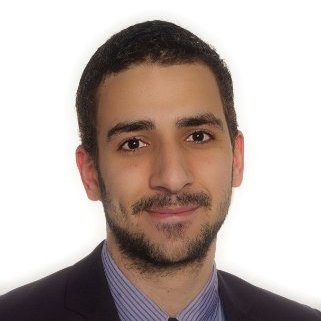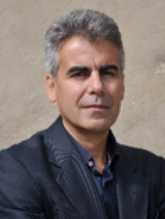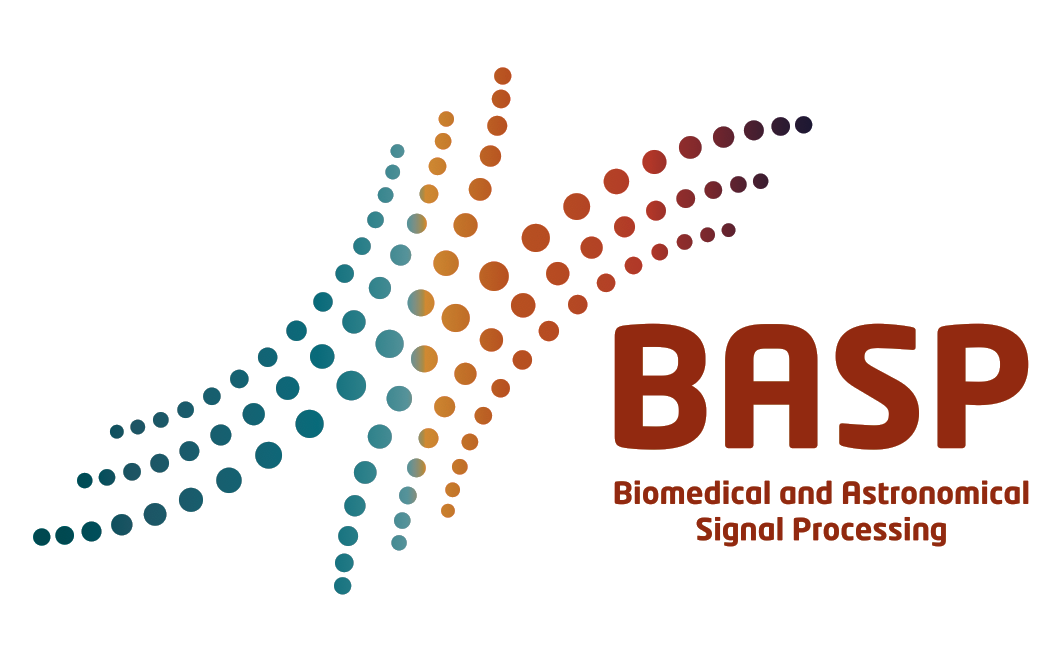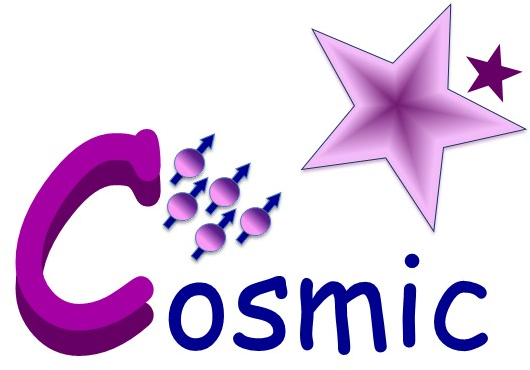Our Benchmark on Deep learning methods for MRI image reconstruction on the fastMRI dataset is out!
Feb 2020: Zaccharie Ramzi, 2nd year PhD student, has shown that cross-domain learning achieves the best image quality with a limited number of parameters in Deep Learning architectures. Read the full paper here.










